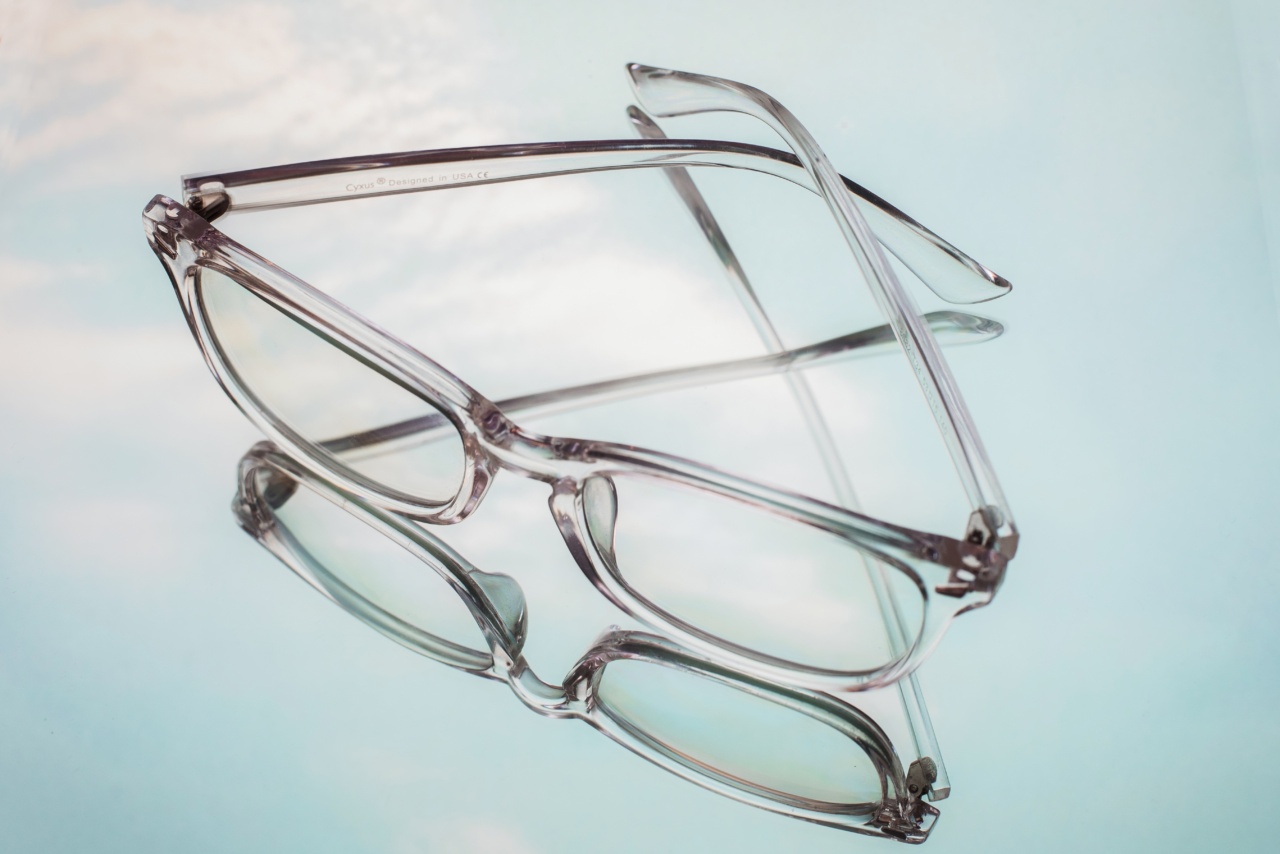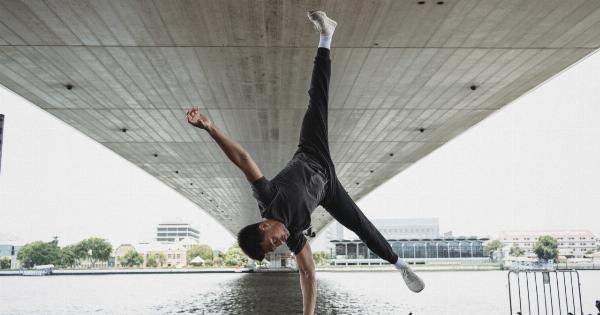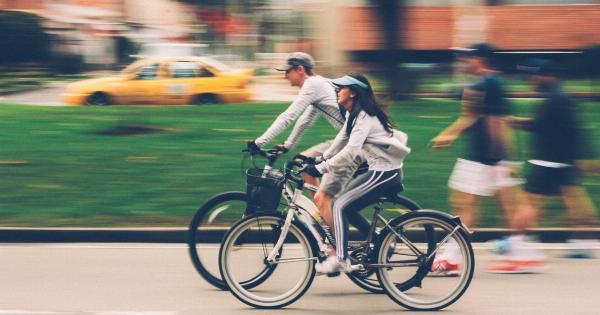Flexibility is an important aspect of physical fitness that often gets overlooked.
It refers to the range of motion in your joints and muscles, and has numerous benefits such as improved posture, reduced risk of injury, and enhanced athletic performance. If you’re curious about how flexible you are, this quick test can help you assess your current level. Read on to find out more!.
1. The Sit and Reach Test
The sit and reach test is a classic measure of lower back and hamstring flexibility. To perform this test, sit on the floor with your legs extended in front of you. Keep your back straight and flex your feet.
Reach forward as far as you can without straining or bouncing. Measure the distance between your fingertips and your toes.
2. The Shoulder Flexibility Test
The shoulder flexibility test measures the range of motion and flexibility in your shoulders. Stand up straight with your feet shoulder-width apart. Extend one arm overhead and reach as far down your back as possible.
Then, try to touch the same spot on the opposite side. Repeat this test with the other arm and compare the results.
3. The Trunk Rotation Test
The trunk rotation test assesses the flexibility of your torso. Sit on the floor with your legs extended in front of you. Place one hand behind your head and slowly rotate your torso as far as you can to one side.
Twist back to the starting position and repeat on the other side. Measure the range of motion on both sides and compare the results.
4. The Rocking Ankle Mobility Test
The rocking ankle mobility test evaluates the flexibility and mobility of your ankles. Sit on the floor with your legs extended in front of you. Bend one knee and place the sole of your foot flat against the floor.
Rock your ankle back and forth, aiming to touch the floor with your toes and then your heel. Repeat with the other ankle and note any differences.
5. The Hip Flexibility Test
The hip flexibility test focuses on the range of motion in your hips. Stand up straight with your feet together. Lift one foot off the ground and bring your knee as high as possible towards your chest.
Use your hands to support your leg and hold the position for a few seconds. Lower your leg and repeat on the other side. Compare the flexibility of both hips.
6. The Forward Bend Test
The forward bend test is a simple way to measure the flexibility of your entire body. Stand up straight with your feet together. Inhale deeply and as you exhale, bend forward from your hips and try to touch your toes with your fingertips.
Keep your legs straight and avoid bending your knees. Measure the distance between your fingertips and the floor.
7. The Neck Flexion Test
The neck flexion test assesses the flexibility of your neck and upper spine. Sit on a chair with your feet flat on the floor and your back straight. Slowly lower your chin towards your chest without straining or bouncing.
Measure the distance between your chin and your chest. Remember to keep your shoulders relaxed throughout the test.
8. The Wrist Flexibility Test
The wrist flexibility test evaluates the range of motion in your wrists. Stand up straight with your arms extended in front of you. Flex your wrists so that your fingertips point towards the floor. Measure the angle between your forearms and your hands.
Repeat the test with your palms facing upwards and compare the results.
9. The Calf Flexibility Test
The calf flexibility test measures the flexibility of your calves. Stand facing a wall with your feet hip-width apart. Place both hands on the wall for support. Step one foot back, keeping your heel flat on the ground.
Bend your front knee and lean towards the wall, feeling the stretch in your calf. Repeat with the other leg and compare the flexibility of both calves.
10. The Bridge Test
The bridge test examines the flexibility of your spine, shoulders, and hips. Lie down on your back with your knees bent and your feet flat on the floor. Place your hands beside your head with your fingers pointing towards your feet.
Press down with your hands and feet, lifting your hips as high as possible. Hold the position for a few seconds and then lower back down.
Conclusion
After completing these quick flexibility tests, you should have a better understanding of your current flexibility level. Remember that flexibility can be improved with regular stretching exercises and proper warm-up routines.
Incorporating flexibility training into your fitness routine can help you maintain a healthy range of motion and improve your overall physical performance.




























